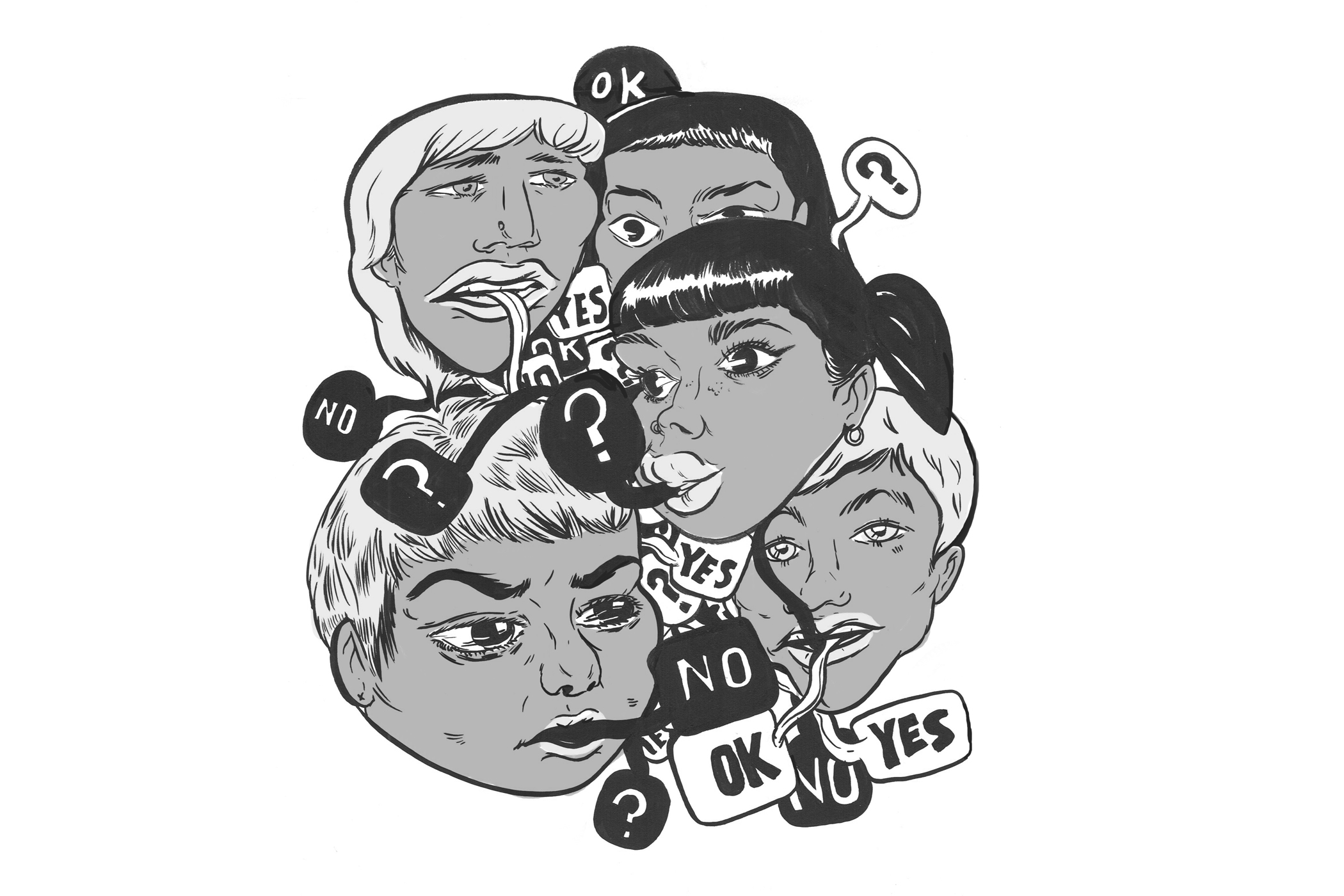Chances are when one thinks of Japanese woodblock prints, striking images of traditional feudal Japanese castles, villages and scenery probably spring to mind.
Famous postwar Japanese art prints on display at Littman Gallery
Chances are when one thinks of Japanese woodblock prints, striking images of traditional feudal Japanese castles, villages and scenery probably spring to mind.
But if the prints showcased in the S탌�saku hanga postwar art exhibit on display in Smith Memorial Student Union’s Littman Gallery are any indication, woodblock prints can be far more subtle, abstract or dynamic.
S탌�saku hanga, literally “creative prints” in Japanese, was initially a movement that swept Japan in the early 20th century before a postwar revival beginning in the 1950s. The 28-piece collection debuted at the Littman Gallery Thursday evening.
The prints, on display through the end of the month, are nearly all woodblock, but there is a surprising amount of variety in the pieces. “Figure on the Snow,” a 1958 print by Azechi Umetaro, is abstract and open to interpretation, while Saito Kiyoshi’s “Untitled” portrait showcases a stylized realism.
Kyoshi’s print depicts a realistic representation of the head of a man wearing a suit, with a style that resembles a spray paint stencil. The print has sharp contrasts between layers, and the harshness of the paint contrasts the soft waves of wood grain that highlight and move over the man’s face. Although the portrait was made in 1977, the contrast between the thick paint and pencil give the piece a modern feel.
The dates of these postwar prints range from 1953–97, with most of them being made in the ’70s.
Historically, S탌�saku hanga allowed an artist much more freedom and artistic expression because it was art created on an individual level, compared to the previous method of printing known as Ukiyo-e. Ukiyo-e was a cheaper art form mass-produced in Japan from the 17th to the 20th centuries.
This type of art was a collaborative process, where an artist, carver, printer and publisher split the work to create one piece of art.
S탌�saku hanga defied the conventions of Ukiyo-e by having the prints made entirely by the artist. One person would have to master the different elements of creating the print, thus allowing more freedom of expression, according to an exhibit pamphlet.
The artists on display were some of the key leaders in the S탌�saku hanga movement, and two of them are considered the founders of the art movement, according to the pamphlet.
During their lifetimes, the artists put a tremendous amount of time, energy and emotion into their art. Since their artwork broke the old traditions, it was sometimes more difficult for them obtain the materials needed to make the prints, the pamphlet said.
Today, most prints from Japan have Western influences, and some prints are made with the help of high-tech machinery.
The prints on display are a part of the collection of Edwin and Ellen Reingold, and have been donated to the Littman Gallery to be displayed for the month.
The Reingolds began collecting Japanese prints when Edwin Reingold was put on assignment in Japan for Time magazine in the late 1960s. They began purchasing prints not for the sake of having a collection, but because they greatly appreciated the prints and wanted to see them as much as possible, according to Norman Tollman, a close friend of the Reingolds who gave a lecture at the opening.
Tollman, a Japanese art dealer, shared stories about his close experiences with various artists, as well as the random and unexpected events that allowed him to meet them.
One cannot see these pieces anywhere else, Tollman said, calling them “the greats.” He also said of the eclectic collection that everything is intentional, otherwise they wouldn’t put their name on it.
“These prints still did not have any foreign influences, and they were made with authentic materials,” Tollman said, comparing the past to present-day methods, which now sometimes incorporate the use of lasers.
“These prints here are among the most famous pieces from these people,” Tollman said.
Emily Silver, a PSU student with a Spanish major and music minor, enjoyed seeing the Japanese art exhibit.
“I liked it because it is woodblock and it’s really amazing,” Silver said. “As a PSU student, I think it is very culturally enriching to stumble upon artwork like that.”
The Littman Gallery, located in room 294 of the Smith Memorial Student Union, will be displaying the prints until Jan. 28.



